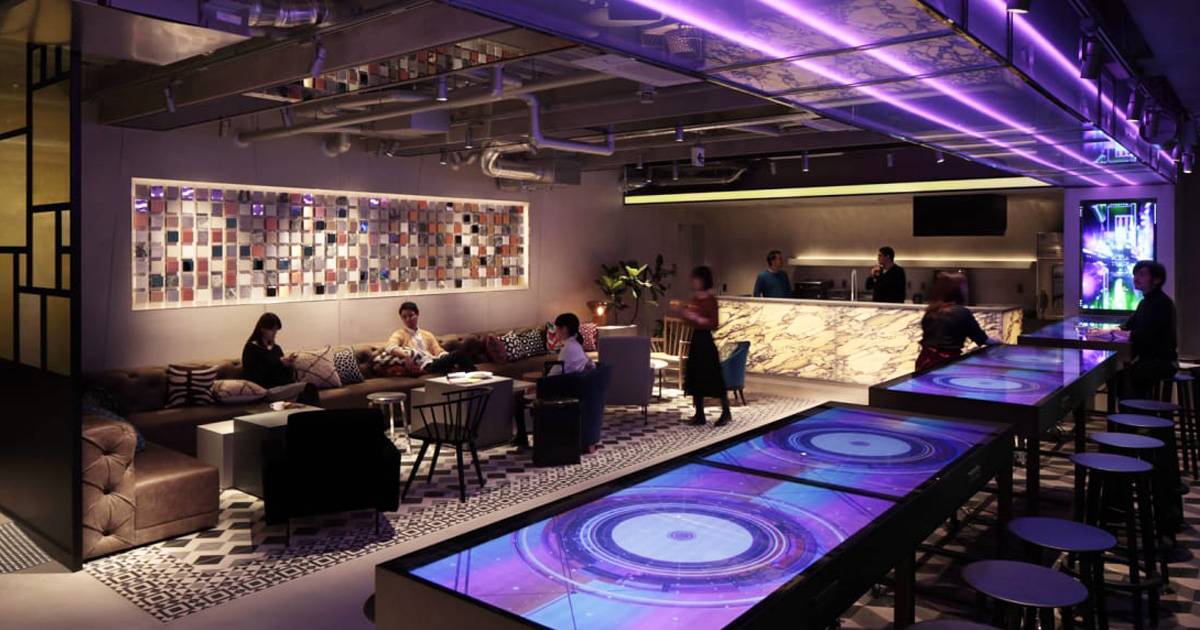As the world has become more modern, functional items have become “smaller”. Originating in Japan in the 1970s, the pod hotel idea has matured and become one of the most cutting-edge hotel building and design trends. Initially, pod-sized lodging was for short-term business travelers who wanted a private place with minimum facilities. With the emergence of “micro-hotels” or “microtels” today, the pod hotel concept has expanded to fulfill the needs of the economy and millennial travel sectors. Such a “minimalist” lifestyle has influenced the tourism industry, with micro-hospitality manifested by micro-hotels being the latest talk of the town.
Micro-hospitality allows travelers to stay in a small but splendid place for the night. However, the setup doesn’t change how good a stay is. At times, maybe even better. The younger generation and emerging business travelers are especially fond of micro-hotels and keep making them a popular choice.
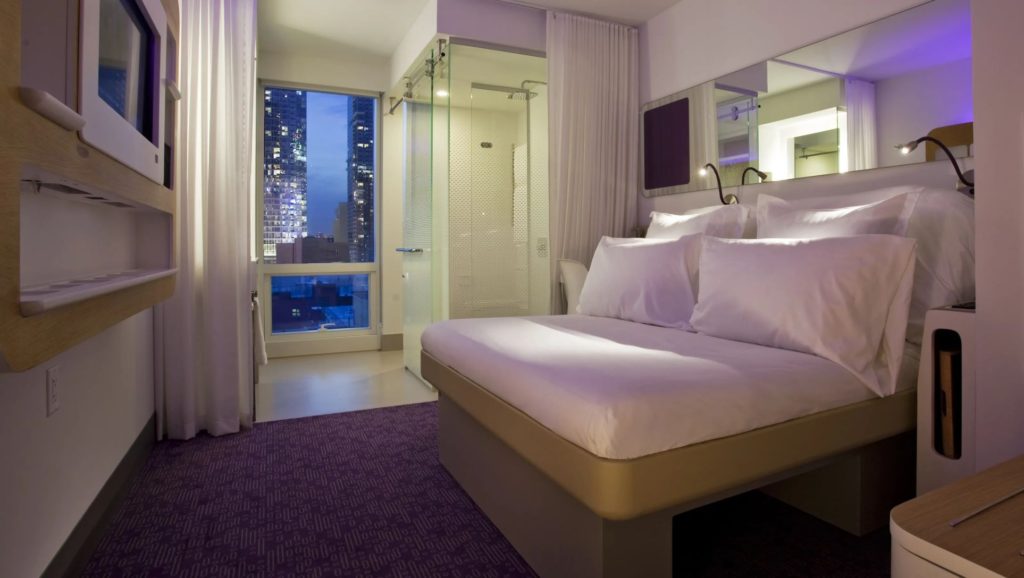
What Is A Micro-Hotel?
A micro-hotel, also known as a small hotel, tiny hotel, or boutique hotel, is a type of accommodation facility that features high-quality furniture and facilities in a room half the size of a standard hotel room. These compact, fully functional rooms are cost-effective for budget-conscious leisure and business travelers in densely populated urban regions.
In big cities with high land values and operational costs, micro-hotel construction is taking root. In theory, these boutique hotels provide investors with a favorable return on investment by increasing unit inventories and optimizing spaces. The project lowers construction costs and operational expenses due to modularity.
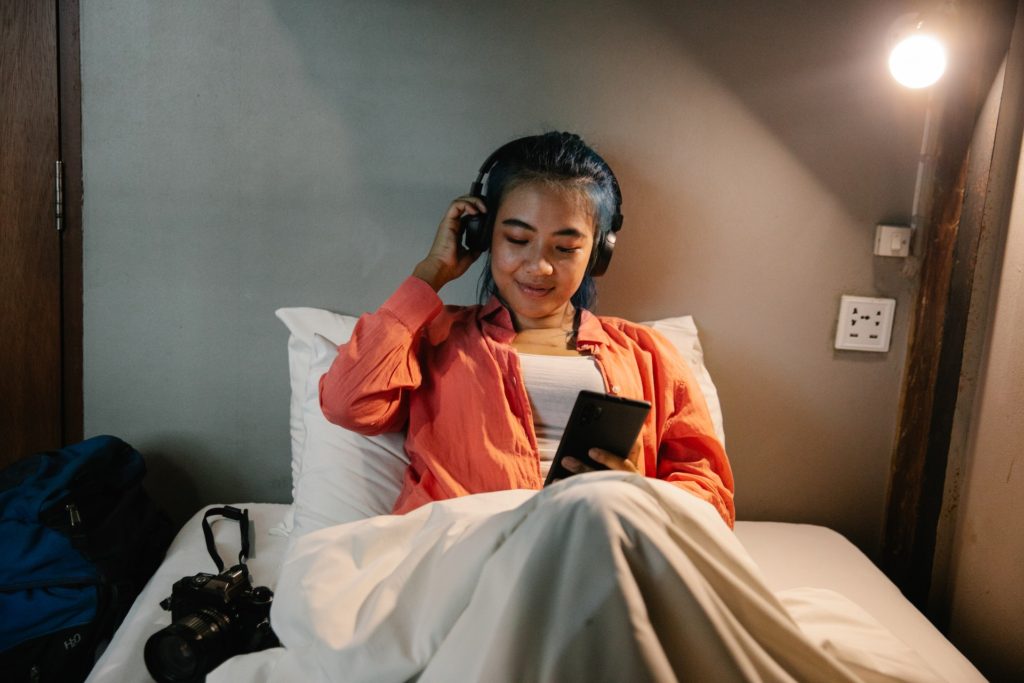
The micro-hotel concept combines innovative design with room digitization, as in pod hotels. Mobile apps allow guests to control their room conditions and hospitality experiences by connecting lighting, temperature settings, and media content.
Due to the tiny size of the private spaces in a small hotel, the hotel’s public areas are crucial in stimulating visitor engagement and enriching their vacation experience. These hotels typically attract millennials willing to trade guestroom size for the adventures of a lifestyle hotel.
What Makes Micro-Hotels Different Than Traditional Hotels?
Traditional hotels have been around for centuries, with their first establishments dating back to the Roman Empire. A conventional hotel can be anything from a small bed and breakfast to a luxury resort with hundreds of villas. There are a growing variety of concepts for hotel design today.
On the other hand, micro-hotels are the newest trend in hospitality design. These tiny hotels are smaller and cheaper than traditional hotels, with capacities usually ranging between 10 and 50 rooms. Big cities and tourist areas often accommodate them. They thrive in densely populated locations where space is at a premium. The small rooms combine the more petite, utilitarian rooms of themed hotels with the clean elegance of a premium boutique hotel, with minimalist décor and a distinctive design.
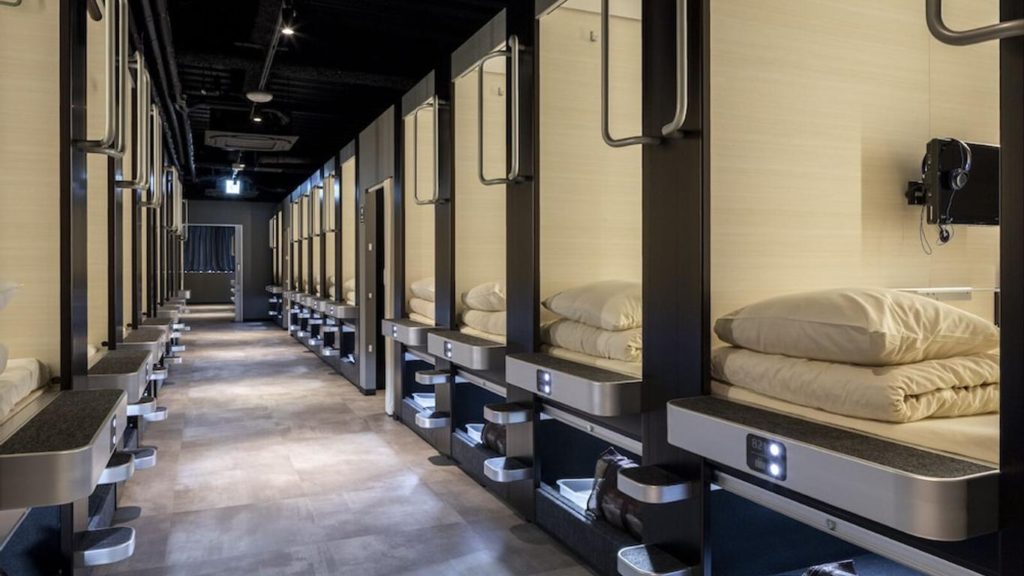
Many micro hotels provide food services, even in a bare cubicle or lobby lounge. However, the majority of micro hotels lack room service. Trying the local restaurants and eateries is part of the enjoyment of traveling to new destinations.
How Big (Or Small) Is A Micro Hotel Room?
A typical Japanese capsule has dimensions of around 1.2 meters by 2 meters by 1 meter. They are snug but not claustrophobic. Guests will have enough space for movement. Some upscale capsule hotels include pods that approximate the size of a modest room. These capsules provide thrilling experiences in confined settings but are not recommended for anyone with severe claustrophobia.
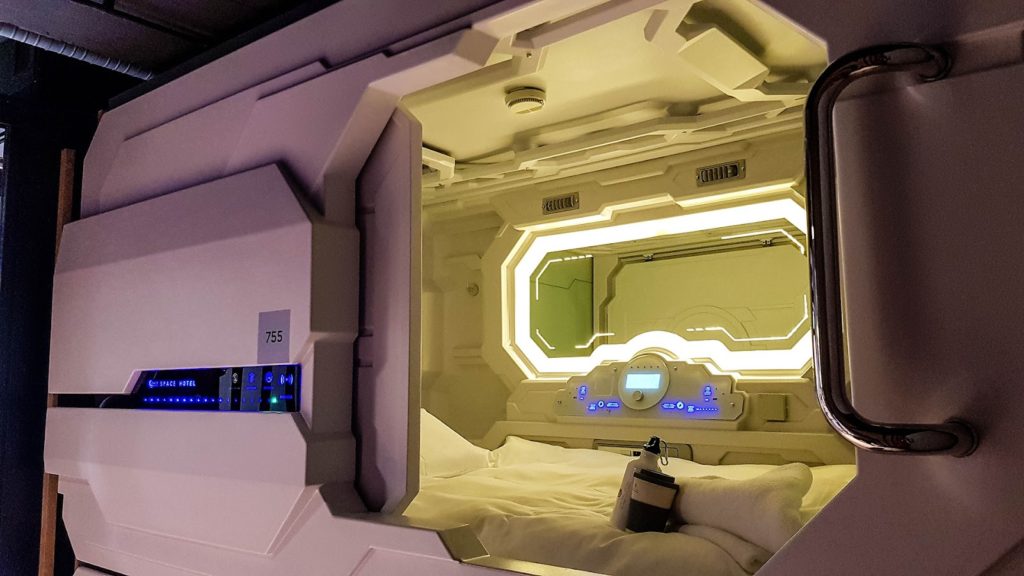
Generally, micro-hotel guest rooms today range in size from roughly 10 to 20 square meters or 115 to 220 square feet. Nonetheless, the floor areas of these small hotels depend on the number and size of beds. A typical city hotel in the Philippines can be between 24 to 30 square meters or 250 to 300 square feet.
Some tiny hotel rooms can be as compact as 2.80 square meters, or 30 square feet.
The Rochester-based Microtel brand targeted budget-conscious guests by offering rooms half the size of standard hotel rooms for half the price. However, industry experts do not consider Microtel, which Wyndham currently owns, to be a micro-hotel brand by present criteria since its guest room sizes are far more extensive than most contemporary micro hotels.
Going Back To Essentials
A micro hotel has compact bedrooms. Such a tiny area necessitates an efficient layout to accommodate the basics, such as a bed, storage space, and a toilet. Typically, a micro-hotel offers a variety of accommodation types, including pod rooms, bunk rooms, single rooms, and even double rooms. It is typical for microtels to provide higher-quality mattresses, contemporary, space-saving furnishings, and bathrooms with the necessities. Designers often use large windows to create the illusion of a bigger room.
As more hotels embrace the advantages of digital connection, micro hotels are following suit to improve the in-room experience for their guests, often offering them the option to manage interaction with the room’s ambiance and features.
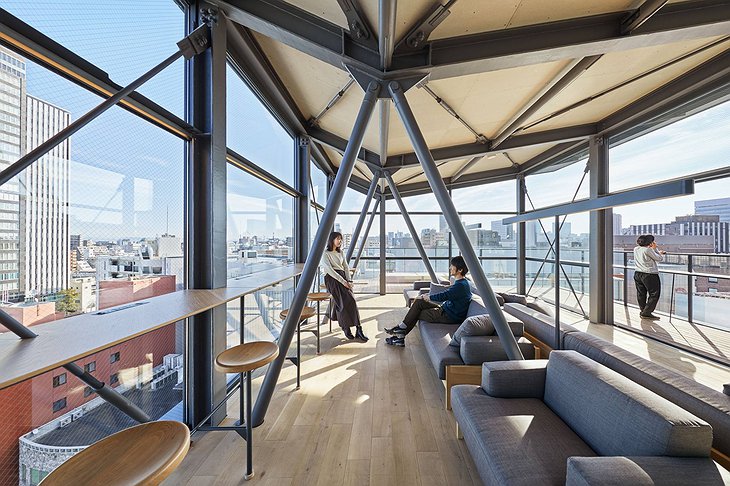
With the lack of full-scale amenities, these hotels often offer instead engaging public areas to compensate for their tiny private rooms. The common spaces may include a creative lobby, a simple restaurant, bars, cafés, terrace lounges, and shared workspaces. These areas are perfect for visitor engagement and allow the hotel to deliver localized experiences. In addition, several hotels provide yoga courses and destination-specific cultural programs, allowing visitors to engage in authentic, local experiences.
What are the Advantages of Staying in Micro-hotels?
Affordability
Although pricing may vary based on location, operating expenses, and other factors, these micro-boutique hotels are often less expensive than their bigger counterparts since they lack many of the same facilities. Large hotel companies regularly attempt to entice clients with more extensive, spacious, amenity-rich, and luxury promotions. They neglect to highlight the sky-high prices or hidden charges for these extravagant amenities.
Meaningful Experience
Many micro-hotels have a particular personality that travelers will love. After all, most of these distinctive hotels are located in historic homes, rebuilt homes, or new structures. Their themes are romantic, contemporary, classic, stylish, or trendy. Some of these hotels also have unique artistic expressions for each room, making them stand out and attractive.
Personal Service
Micro-boutique hotels cater to guests on the go by providing valuable personalized services. Personnel may become more attentive to making the environment feel more like home. Stays often seem personalized, with perks like complimentary breakfast, free parking, bath goods, entertainment choices like Netflix streaming, and an even friendlier concierge.
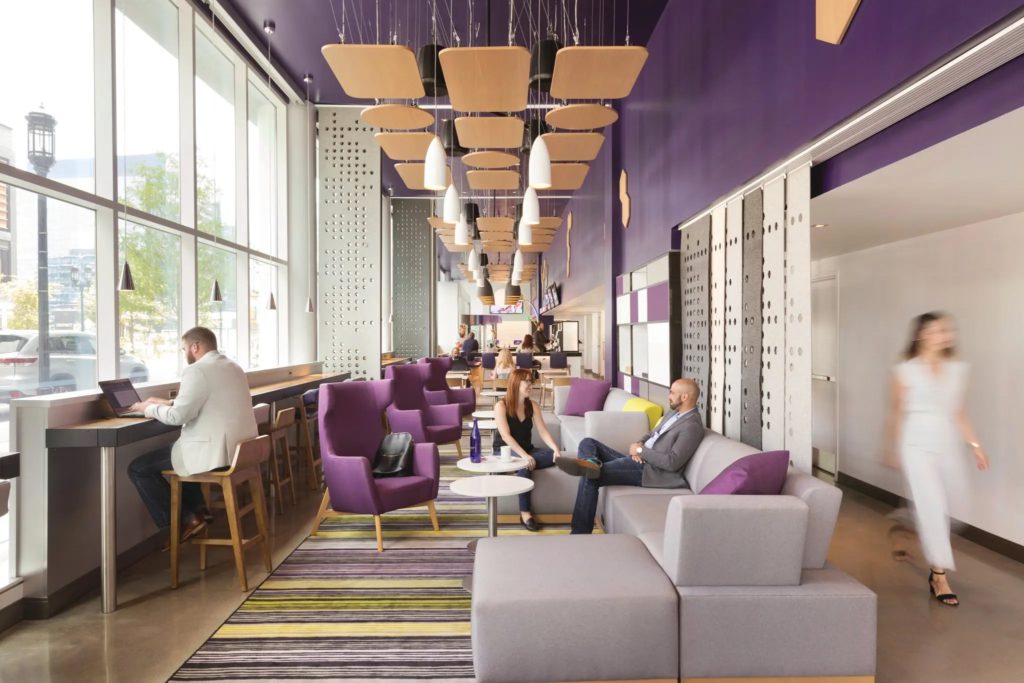
The Future of Travel Looks Bright with Micro-hotels
Micro-hotels are the emerging favorite of the hospitality industry.
High real estate expenses are among the most critical factors driving the micro-hotel industry. Property markets anticipate that prices in major capitals such as New York, Tokyo, London, Geneva, San Francisco, and Hong Kong will continue to rise. Even the renowned capsule hotels in Japan might be considered a subset of the micro-hotel market. To fulfill the growing demand for inexpensive hotels, hoteliers may construct projects with more rooms in less space for the equivalent cost.

The second factor is the growing significance of addressing millennials and corporate travelers. These clients often visit a location to absorb the experience. They like to be out and about, seeing the sites and engaging with locals or other visitors, rather than spending much time in their hotel rooms.
The micro-hotel industry offers guests the same quality and standards expected from branded hotel chains, but with the understanding that the room is simply for sleeping. These rooms have queen-sized mattresses, high-quality linens, and a bathroom with a shower stall, resulting in significant cost savings for operators and visitors.
